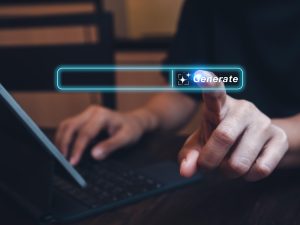Artificial intelligence plays a major role in modern search engines, influencing how images are indexed and retrieved. However, not everyone wants AI-driven results, leading many to ask: how to remove AI from image searching? Whether for privacy concerns, data accuracy, or a preference for traditional search methods, there are ways to minimize AI’s influence on image searches. This guide explores practical techniques to refine your searches, filter out AI-generated content, and enhance search accuracy.
Understanding AI’s Role in Image Searching
How AI Affects Image Search
AI enhances image searching by using machine learning algorithms to analyze and categorize visuals. Search engines like Google, Bing, and platforms like Dall-E Generate rely on AI to:
- Recognize objects, faces, and backgrounds
- Generate descriptions and tags for better indexing
- Identify similar images across various sources
- Improve search relevance based on user preferences
While these advancements help users find images faster, they also introduce concerns aboutAi That Creates Images results dominating searches.
- If you’re interested, check out:
- Ai Image Generator How To Get Night Shots
- Ai Image Generator With No Restrictions
- Which Ai Image Generation Keeps Characters
Why Some Users Want to Remove AI from Image Search
The growing influence of AI in search results has led to several concerns:
- Over-reliance on AI-generated images – Many search engines now prioritize AI-created visuals over authentic photos.
- Misinformation and altered content – AI can manipulate images, making it harder to find unedited, original content.
- Privacy concerns – AI-driven searches can track personal preferences and behaviors.
- Bias in search results – AI algorithms may favor certain types of content, limiting diverse search outcomes.
For these reasons, learning how to remove AI from image searching has become essential for users seeking more control over their search experience.
Don’t miss this guide:
- What Ai Does Not Have Any Restrictions On Image Generation
- What Are The Benefits Of Text To Ai Images
- Ai Image Generator Can’T Make It Night
Methods to Reduce AI Influence in Image Searches
Using Advanced Search Filters
Most search engines provide filtering options to refine results and limit AI-generated content.
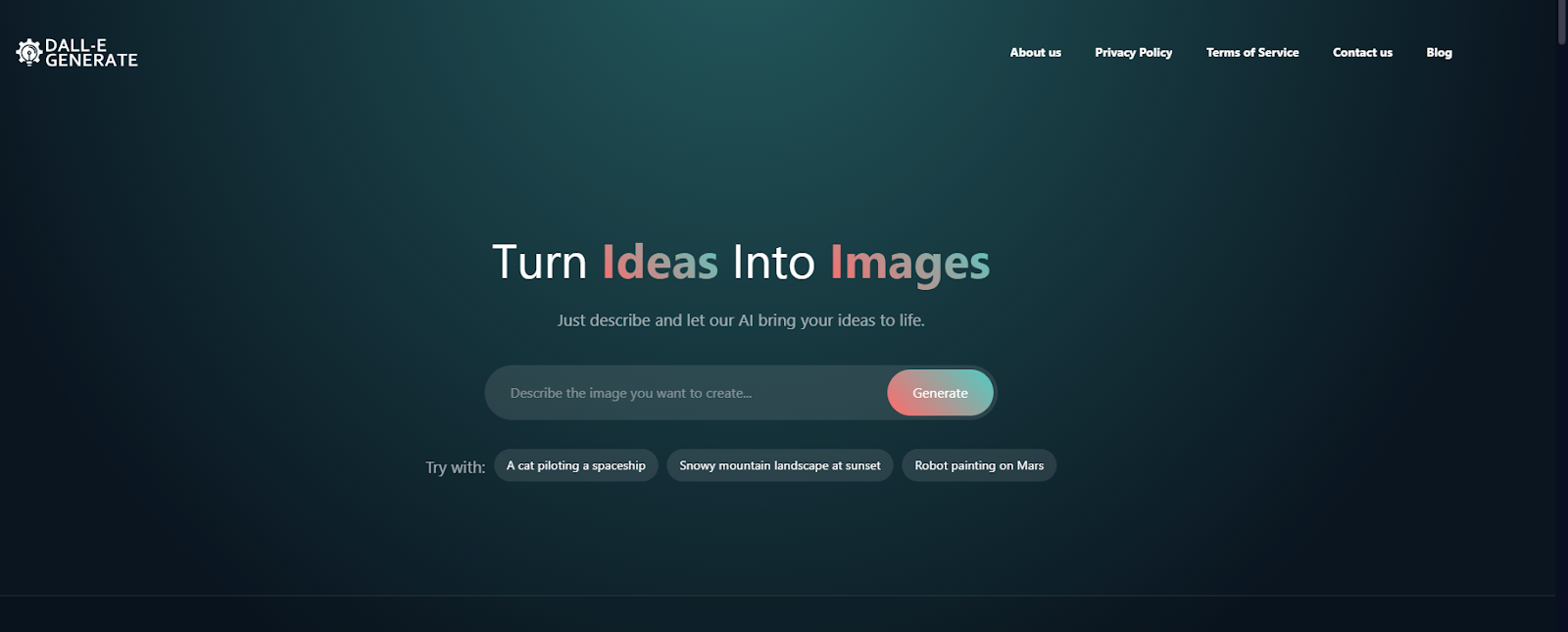
Google Image Search
Google allows users to adjust search settings to focus on original or non-AI-enhanced images:
- Use the “Tools” Option – After searching for an image, click “Tools” and filter results by “Type” (e.g., Photo, Clipart, Line Drawing).
- Exclude AI-related Keywords – Add terms like “-AI,” “-generated,” or “-synthetic” to remove AI-created images from search results.
- Search by Image Source – Use the “Usage Rights” filter to find images from trusted sources instead of AI-driven results.
Bing Image Search
Bing also offers search refinements to limit AI-generated images:
- Use “Photo” Mode – Selecting “Photo” mode filters out most AI-generated content.
- Reverse Image Search – Upload an existing image to find similar real-world images instead of AI-generated ones.
These adjustments help users discover more authentic visuals while reducing AI influence.
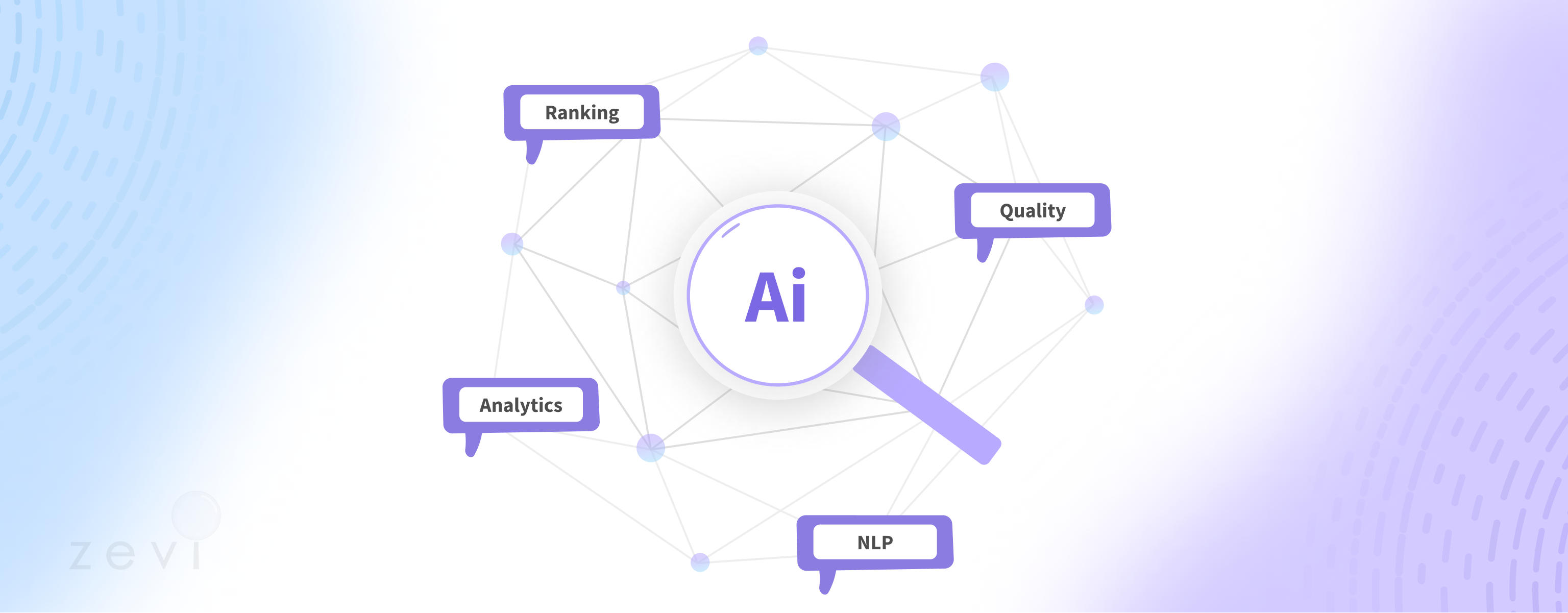
Opting for Non-AI Search Engines
Several alternative search engines prioritize privacy and minimize AI involvement in image searches:
- DuckDuckGo Images – A privacy-focused search engine that limits AI-based personalization.
- Brave Search – Offers AI-free image indexing and results.
- Yandex Images – Allows users to find images with fewer AI-generated enhancements.
Switching to these alternatives can provide a more organic image search experience.
Complete guide to:
- How To Ai Animate A Picture
- Can You Use Ai Generated Images For Public Media
- Ai Write A Childrens Book With Ai Pictures
- Is There An Ai That Will Search For Images
Reverse Image Searching for Authentic Results
Reverse image search tools help users find original, non-AI-generated images by tracing their sources. Popular options include:
- Google Reverse Image Search – Upload an image to find its original version.
- TinEye – A specialized reverse image search engine that identifies authentic sources.
- Yandex Reverse Search – Provides results from a broader range of indexed images.
Using reverse image search methods helps filter out AI-created visuals and locate genuine content.
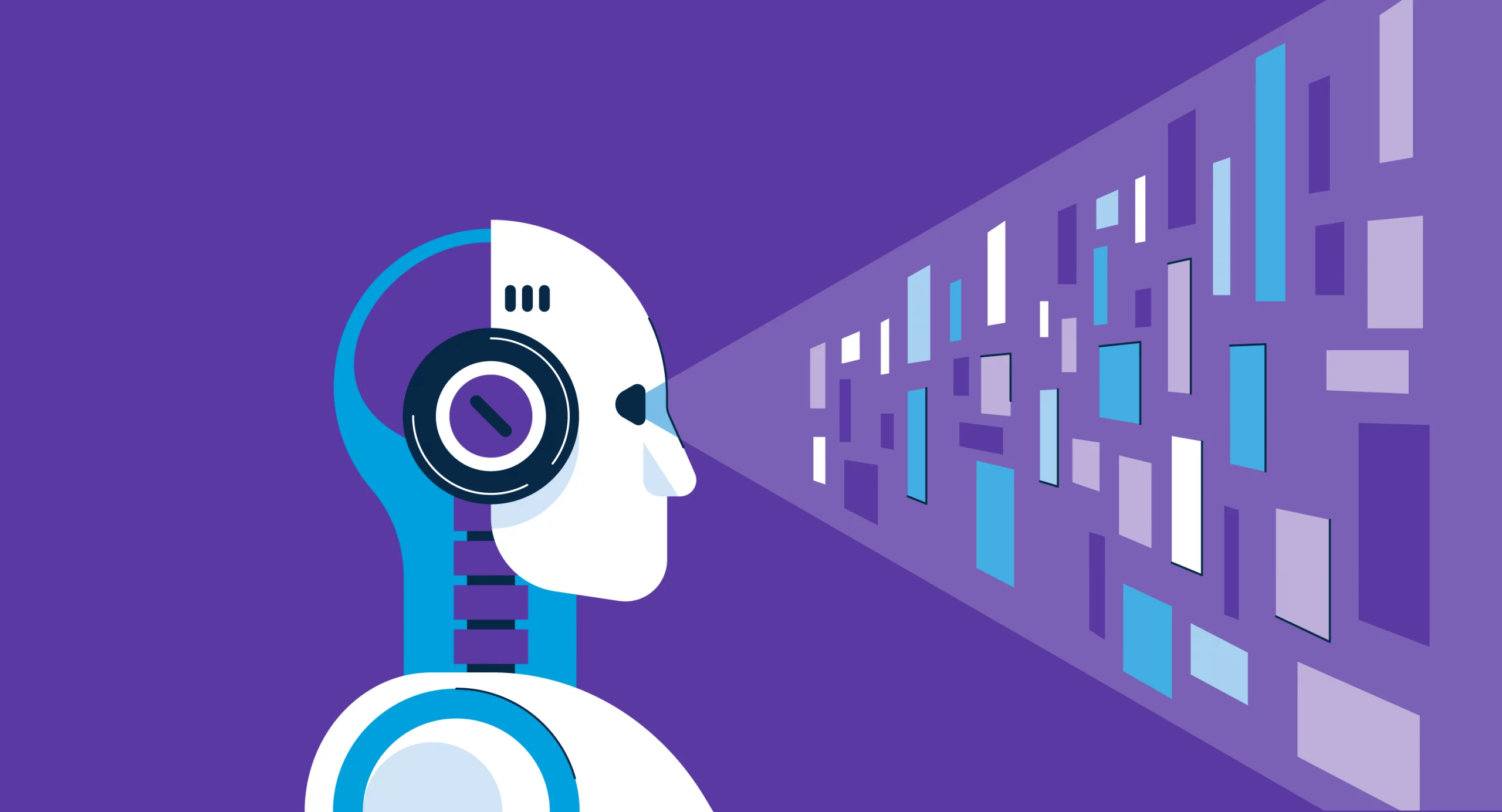
Preventing AI-Generated Images in Search Results
Avoiding AI-Generated Content
To limit exposure to AI-created images, consider these strategies:
- Search with Real-World Keywords – Instead of generic terms, use specific details like “photograph of,” “unedited,” or “real-world.”
- Use Stock Photo Websites – Platforms like Unsplash, Pexels, and Shutterstock offer human-created images.
- Follow Copyright and Licensing Filters – Some sites mark AI-generated images with metadata, allowing users to avoid them.
By implementing these practices, users can minimize AI’s impact on their image search results.
Using Browser Extensions to Block AI Content
Several browser extensions and tools can help block AI-generated images from appearing in search results:
- uBlock Origin – Allows users to filter out specific AI-related domains.
- AdGuard – Provides customizable filtering options to hide AI-generated images.
- AI Content Blockers – Some extensions specifically target AI-generated content in searches.
These tools enhance control over search results by preventing AI-generated images from being displayed.
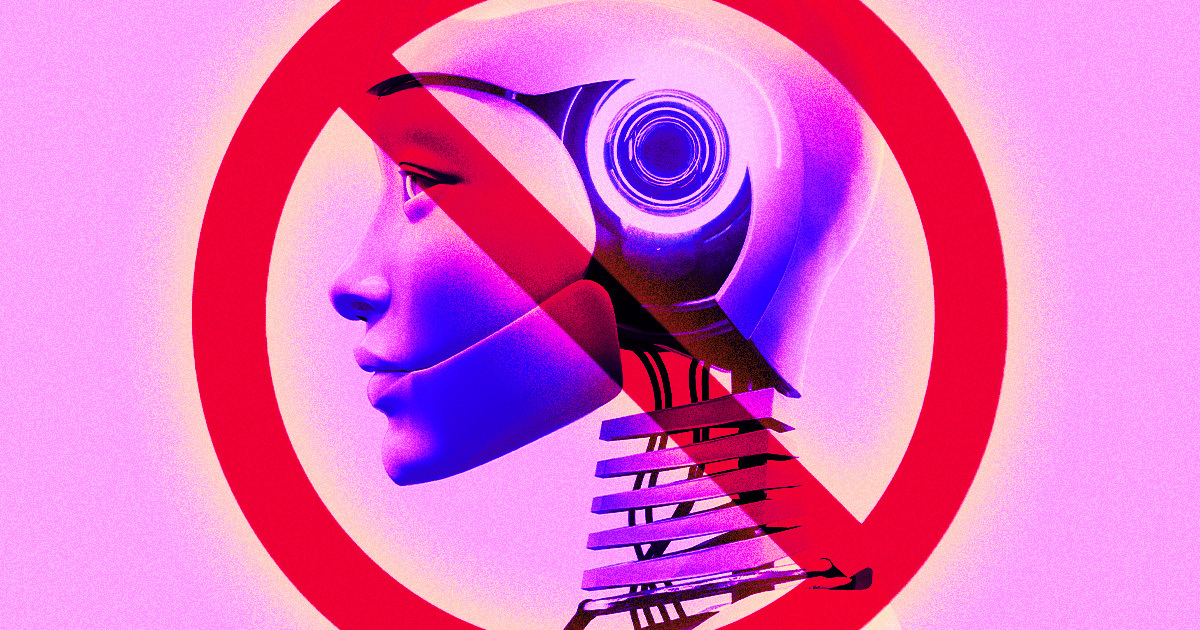
Ethical Considerations When Removing AI from Image Searches
Balancing AI’s Benefits and Drawbacks
While some users prefer to minimize AI’s role in search, AI also provides benefits, such as:
- Improving search efficiency – AI helps categorize and organize images faster.
- Enhancing accessibility – AI-generated descriptions assist visually impaired users.
- Offering creative possibilities – AI tools like Dall E Ai Generator enable artists and designers to create unique visuals.
Striking a balance between AI’s advantages and the need for unfiltered searches is key to responsible image searching.
Ensuring Accuracy in AI-Free Searches
When filtering out AI-generated images, it’s important to verify the accuracy of search results:
- Check Image Metadata – AI-generated images often include metadata identifying their origin.
- Cross-Reference Sources – Compare results across multiple search engines.
- Be Aware of AI Watermarks – Some AI-created images include hidden watermarks from their generation tool.
Being mindful of these factors helps ensure that users find accurate and authentic images.
Future of AI in Image Searching
AI’s Growing Influence on Search Algorithms
As AI technology advances, search engines are becoming more reliant on machine learning to deliver personalized results. This trend may make it increasingly difficult to remove AI influence entirely from image searches.
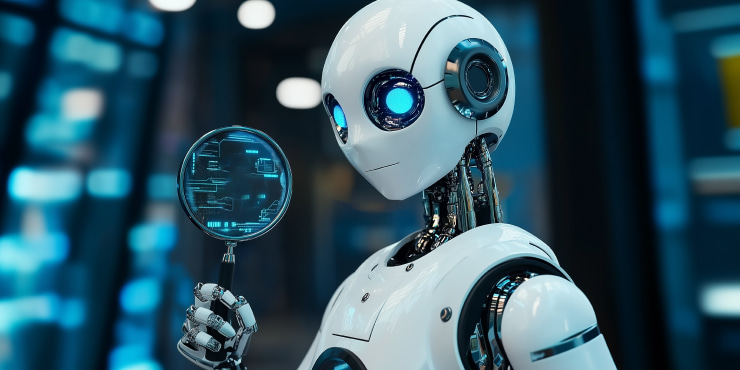
The Rise of AI-Detection Tools
In response to concerns about AI-generated images, tech companies are developing AI-detection tools that:
- Identify and label AI-generated images
- Allow users to filter results based on authenticity
- Improve transparency in digital content
AI-Free Search Options May Become More Popular
With increasing demand for authentic images, more search engines and platforms may offer AI-free search options. Users looking for non-AI-generated content may have access to specialized search modes in the future.
Conclusion
Understanding how to remove AI from image searching allows users to refine their search experience and find more authentic visuals. By using advanced search filters, opting for non-AI search engines, and leveraging reverse image search techniques, it’s possible to reduce AI’s influence on search results.
However, AI remains a powerful tool that enhances search efficiency and accessibility. The key is to strike a balance—using AI when it’s beneficial while maintaining control over search preferences. As technology evolves, new tools and search options will likely emerge, giving users even more ways to customize their image searches.



